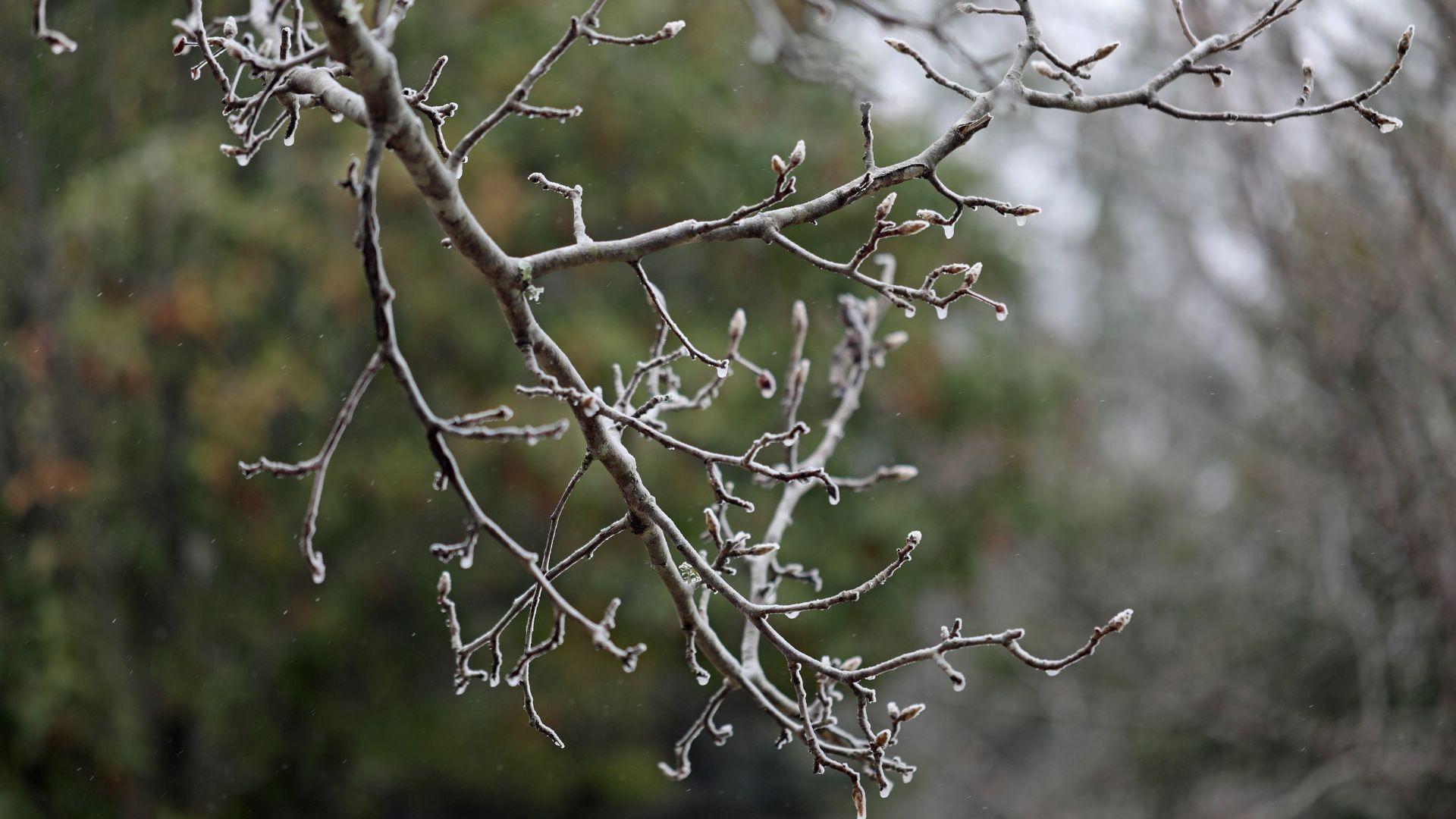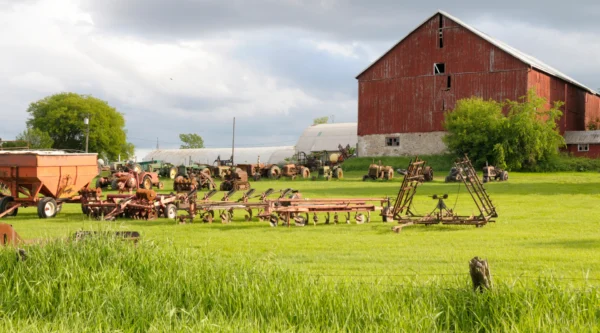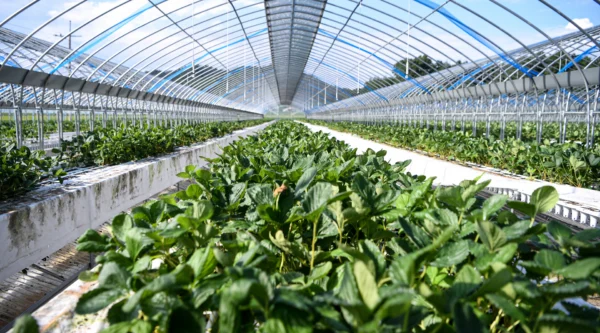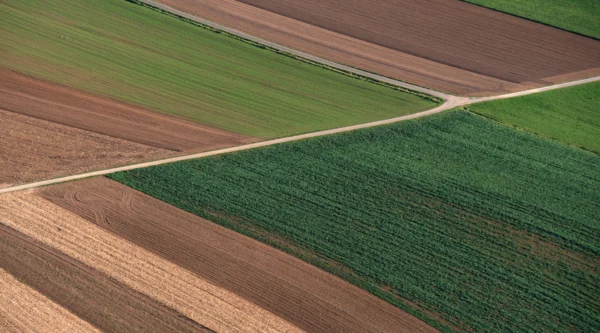Winter can be quite a challenge for crops . But did you know that some plants can turn this challenge into a strength? Today we will delve into the cold fruit hours , those hours in which the plants decide to take a break and prepare to give us the best in the next harvest . In this article, we will delve into what they are, their vital role in fruit development, how to measure them, and why it is essential to use accurate measuring tools. Read on to discover how cold hours can make the difference between an average harvest and an exceptional one.
What are chill hours and why are they important?
Cold hours are that period in which fruit plants experience low temperatures, generally between 0°C and 7°C. The problem arises when the importance of this process is not fully understood. Without these cold hours , plants cannot enter a state of winter rest necessary for healthy growth and production.
Some of the fruit plants most commonly affected by cold weather include:
- Apple and quince (Malus domestica ; Cydonia oblonga ) : Apples require a period of 1000/1200 cold hours to break their winter dormancy. They are the fruit trees that need the most time.
- Pear ( Pyrus pyrifolia): Like apples, pear trees need hours of cold to overcome dormancy and produce flowers and fruits adequately. They require between 800 and 1000 hours of cold.
- Peach (Prunus persica) : These fruit trees require between 600 and 800 hours of cold depending on the variety.
- Cherry trees (Prunus avium; Prunus cerasus ): Chill hours are crucial for inducing flowering in cherry trees, which eventually leads to cherry formation. They require 800 hours cold .
- Apricot and plum ( Prunus armeniaca; Prunus domestica ): They require between 500 and 800 hours of cold .
Almond ( Prunus dulcis ), pistachio ( Pistacia vera ), walnut ( Juglans regia ) or chestnut ( Castanea sativa ): Between 200 and 600 hours. It varies greatly depending on the variety.
Vineyard ( Vitis vinifera ): 200 hours.
Olive tree ( Olea europea ): between 100 and 250 hours.
Persimmon (Diospyros kaki), pomegranate and fig: about 100 hours . Although they have little need for cold, they adapt well to harsh winters.
- Strawberries (Fragaria x ananassa) : Although they are not trees, strawberries may also require a certain number of chilling hours to maximize their production during the growing season.
The crisis of an unsatisfactory harvest
Imagine a garden where plants, deprived of the necessary cold hours , struggle to accumulate essential nutrients. The buds remain in a state of lethargy, and the expected harvest turns out to be mediocre. This scenario, unfortunately, is a reality for many farmers who do not understand the importance of fruit cold hours .
It is important to note that the number of cold hours required varies depending on the species and variety of the fruit plant . Regions with warmer climates may experience challenges if they do not meet the required chilling hours for certain varieties, which can negatively impact fruit production. For this reason, understanding the specific chilling hour needs of each plant is essential for growers.
From SIAM (Murcia Agrarian Information System) the accumulated Fruit Cold Hours of the Region of Murcia can be observed.
The key to agricultural success - Understanding and measuring chill hours
1. Understand the vital function
Chill hours play a crucial role in breaking bud dormancy and preparing the plant for vigorous growth. Without this rest period, plants are deprived of essential nutrients and energy, resulting in a poor harvest.
2. Accurate measurement
Measuring cold hours is as important as understanding its function. This process involves counting the time a plant spends within the specific temperature range. Weather stations and specialized measurement tools are essential for obtaining accurate data. You can find more information in our agricultural catalog.
3. Importance of measurement tools
Using proper measurement tools is the key to agricultural success. Weather stations coupled with the use of monitoring software such as WiClouds provide real-time data, allowing farmers to adjust their practices according to the specific needs of each crop .
How to measure chill hours: Tools and techniques
1. Specialized weather stations
Investing in specialized weather stations provides detailed climate data. These devices record specific temperatures and make it easy to collect information about cold hours.
2. Monitoring software
Using monitoring software simplifies data collection and analysis. These tools allow constant monitoring, facilitating informed decision making in real time.
We hope that now you can better understand why it is important to understand, measure and manage cold hours for crop success and how technology can help you in this task through weather stations and monitoring software. We are waiting for you in the next post!
At Odin Solutions we have a wide variety of solutions adapted to your needs . Contact us and we will help you take your crops to the next level.
Do you need help?
Fill out the form and we will
we will be able to contact you.
Our customer service hours are Monday to Thursday from 08:00 to 17:00, Friday from 08:00 to 15:00. We will try to respond to you as soon as possible.







